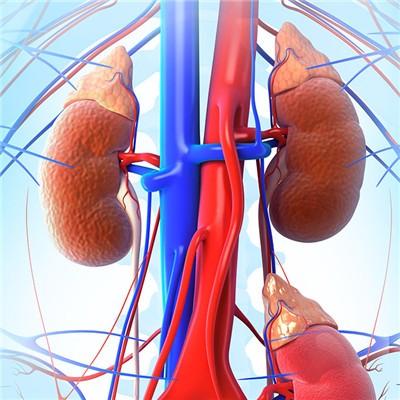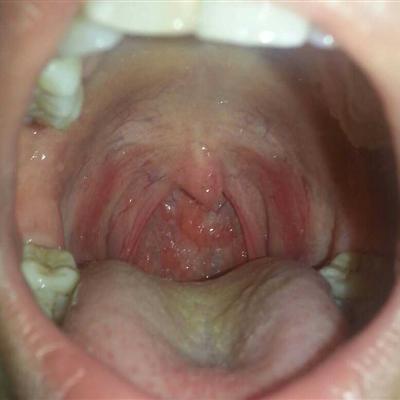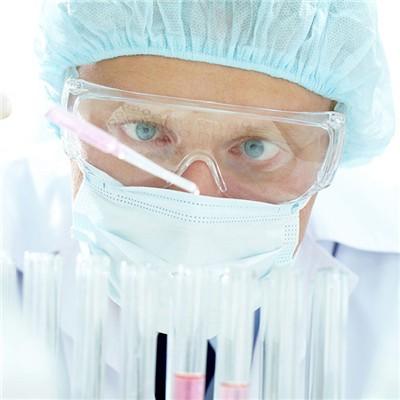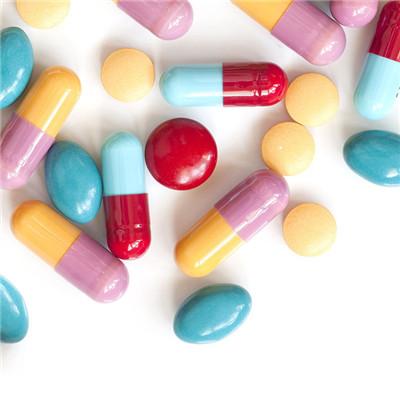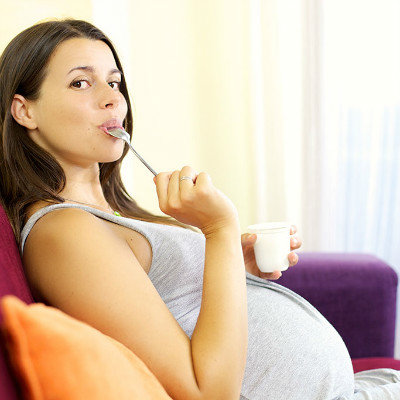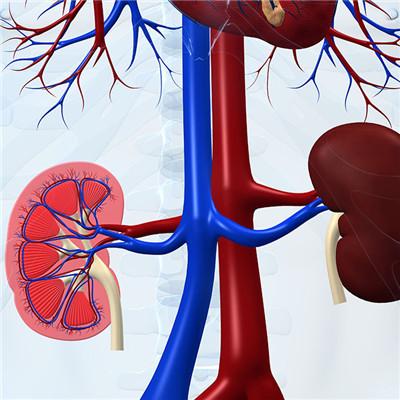Leukemoid reaction symptoms?
summary
Leukemoid reaction is a kind of cell increase or left shift reaction caused by some factor stimulating the hematopoietic tissue of the body, which is similar to leukemia phenomenon. There are many types, including granulocyte type, erythroleukemia type, plasma cell type and mixed cell type, among which neutrophil type is the most common. This disease is most commonly seen in severe infection of some bacteria and viruses. It also occurs in extensive spread of malignant tumor, acute hemolysis and some drug reactions. This disease is more common in children and adolescents, and there is no difference in incidence rate between men and women. The treatment and prognosis depend on the underlying diseases that cause the reaction. If these underlying diseases are curable, the leukemoid reaction will disappear. So, let's take a look at the symptoms of leukemoid reaction first? Let's introduce the related knowledge of the field.
Leukemoid reaction symptoms?
First, the number of leukocytes in peripheral blood increased significantly (up to 50 × 109 / L), and there were immature cells. The treatment and prognosis of leukemoid reaction are essentially different from that of myeloid leukemia. Generally, it can be differentiated from leukemia according to the history, clinical manifestations and cell morphology, but sometimes it is difficult.
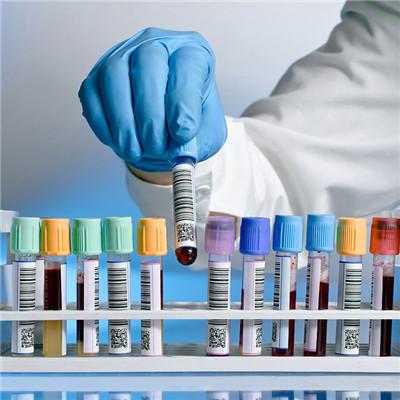
Second, leukemoid reaction has the following characteristics, which can help to identify: ① after the cause of leukemoid reaction is removed, the blood picture can return to normal; ② Generally, there was no obvious anemia and thrombocytopenia; ③ There were toxic granules and vacuoles in the cytoplasm; ④ The activity of alkaline phosphatase and glycogen of neutrophils were significantly increased, but they were significantly decreased in myeloid leukemia; ⑤ In chronic myeloid leukemia (CML), the characteristic Ph1 chromosome was found, but not in leukemoid reaction
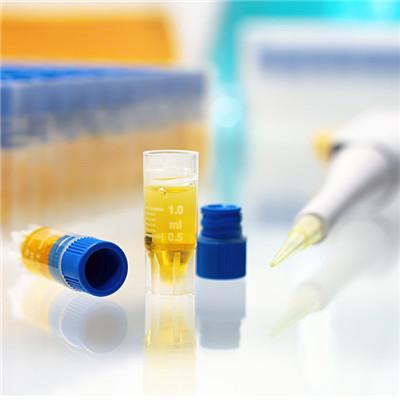
Third, there are few reports on the epidemiology of leukemoid reaction. Harashima sanro et al. Analyzed the incidence of leukemoid reaction in the first National Hospital of Tokyo for three consecutive years, which accounted for 0.28%, 0.39% and 0.90% of inpatients, and 0.04%, 0.05% and 0.12% of outpatients, respectively.
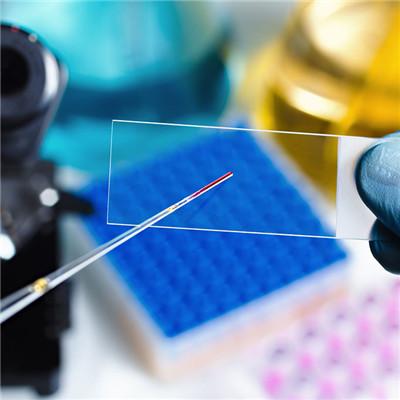
matters needing attention
1. Treatment of primary disease. 2. Strengthen symptomatic treatment and support treatment. 3. Dynamic observation, timely treatment in case of change.



